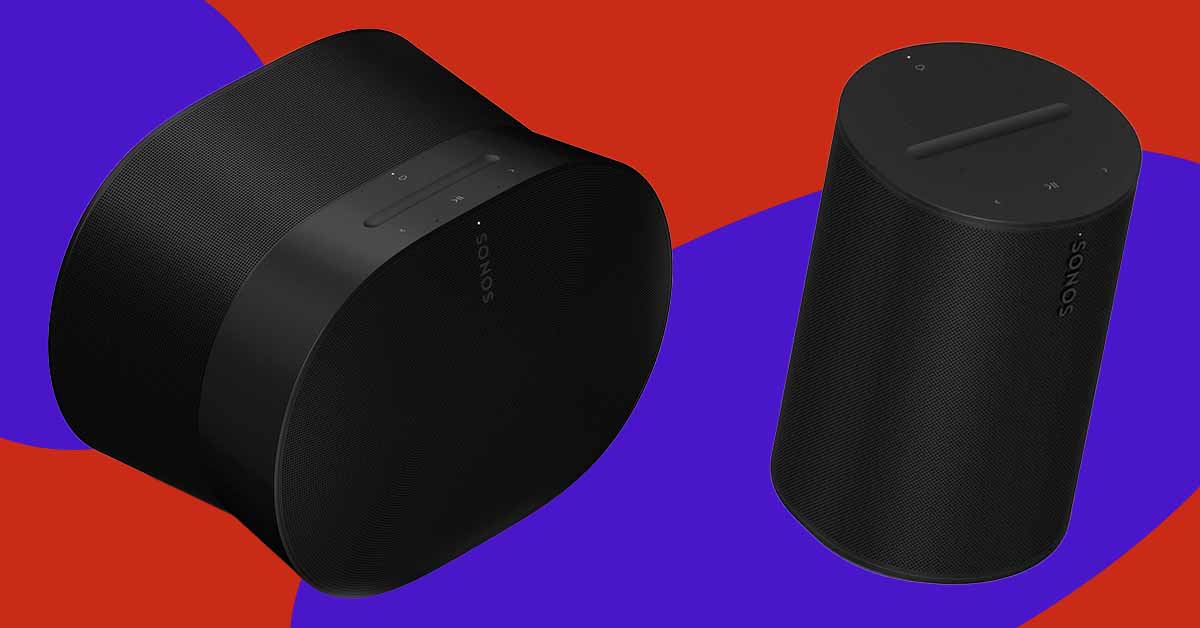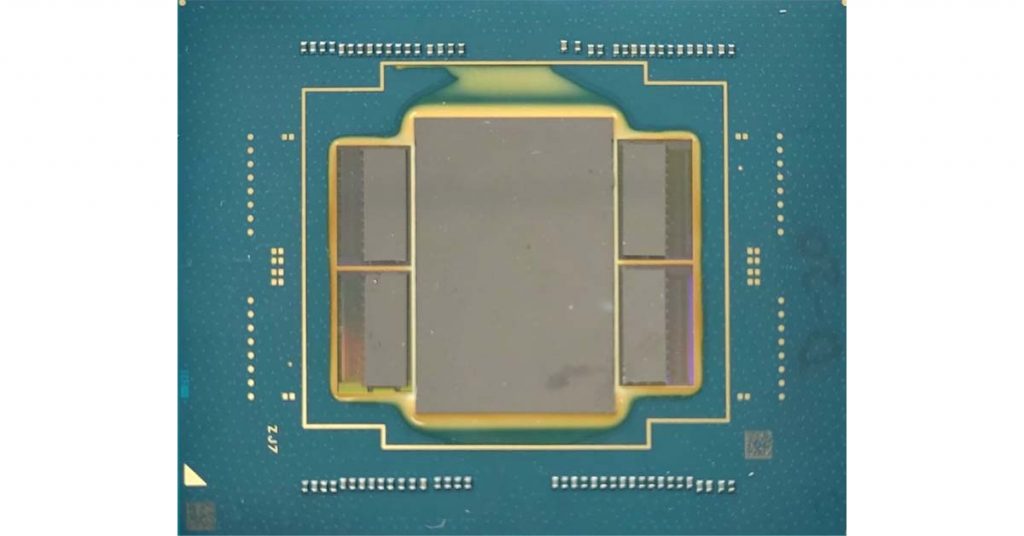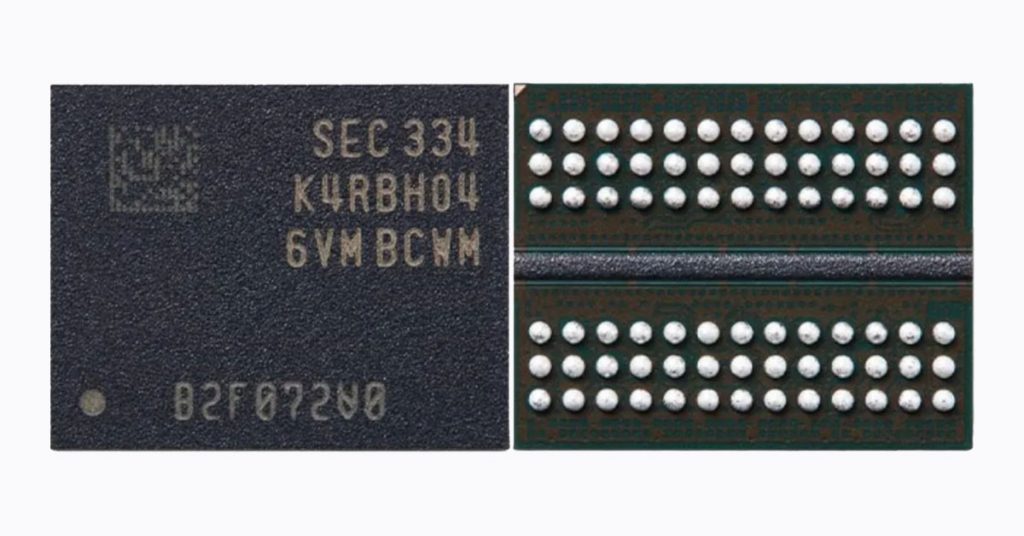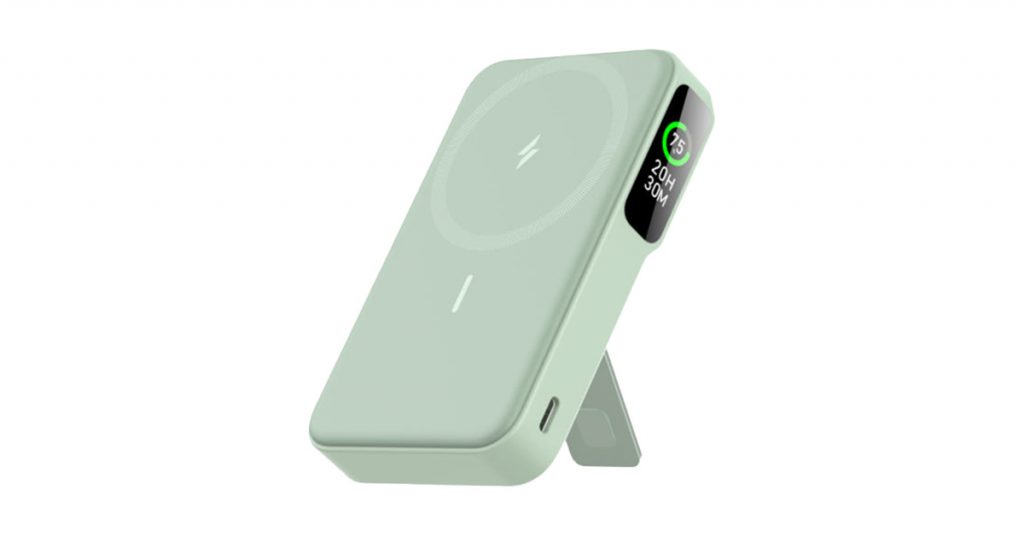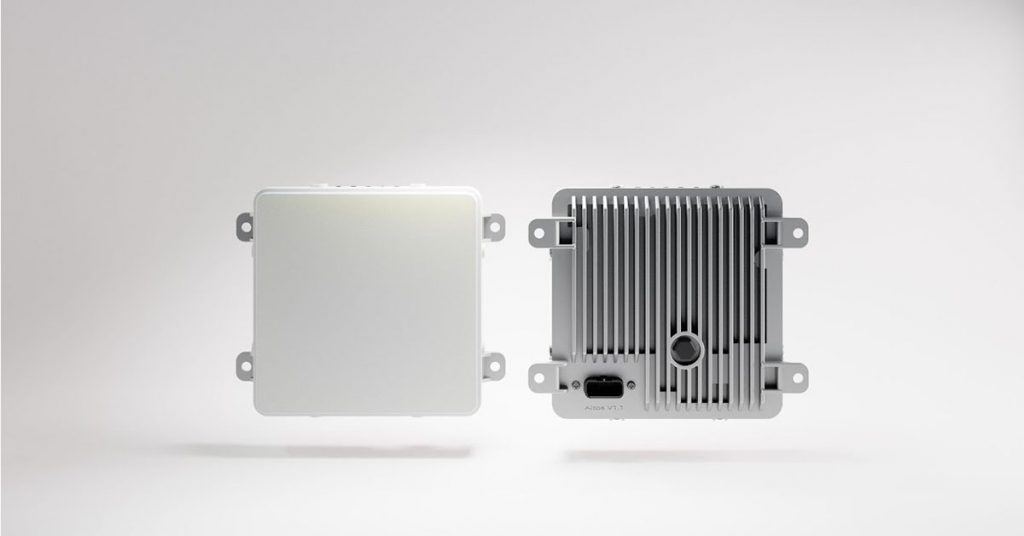Sonos has officially announced the Era 300 and Era 100 speakers after several months of leaks and coordinated teases from the company itself. These devices are now available for pre-order, with the Era 300 priced at $449 and the Era 100 priced at $249. Customers can purchase both speakers in stores starting from March 28th.
The Era 300 has a unique design that sets it apart from other Sonos speakers. It is specifically designed to optimize spatial audio music and compete with rivals like the HomePod and Echo Studio.
On the other hand, the Era 100 is an improved version of the Sonos One smart speaker, offering significantly better sound quality at a slightly higher price point. Both products come with Bluetooth playback and can be used with USB C line-in audio via an adapter, providing greater flexibility for Sonos customers in terms of how they listen to music.
Era 300: Sonos’ take on spatial audio
According to Sonos CEO Patrick Spence, the Era 300 (codenamed Optimo 2) has been in development for approximately three years and is priced at $449. Even at the beginning of the project, before Apple’s spatial audio push, Sonos recognized a trend of the music industry adopting the new format and aimed to create a single unit speaker that could properly showcase it. Dozens of prototypes were developed before Sonos narrowed down to three final designs, with the winner being the hourglass-shaped design, which has been somewhat polarizing after being leaked. However, upon closer inspection, the Era 300 looks better in person than in marketing photos where it may appear larger than it actually is. Measuring at 6.3 inches high, 10.24 inches wide, and 7.28 inches deep, the speaker can fit comfortably on a bookshelf without attracting too much attention. It might be slightly large for a bedside table, but the general idea is somewhere between the two.
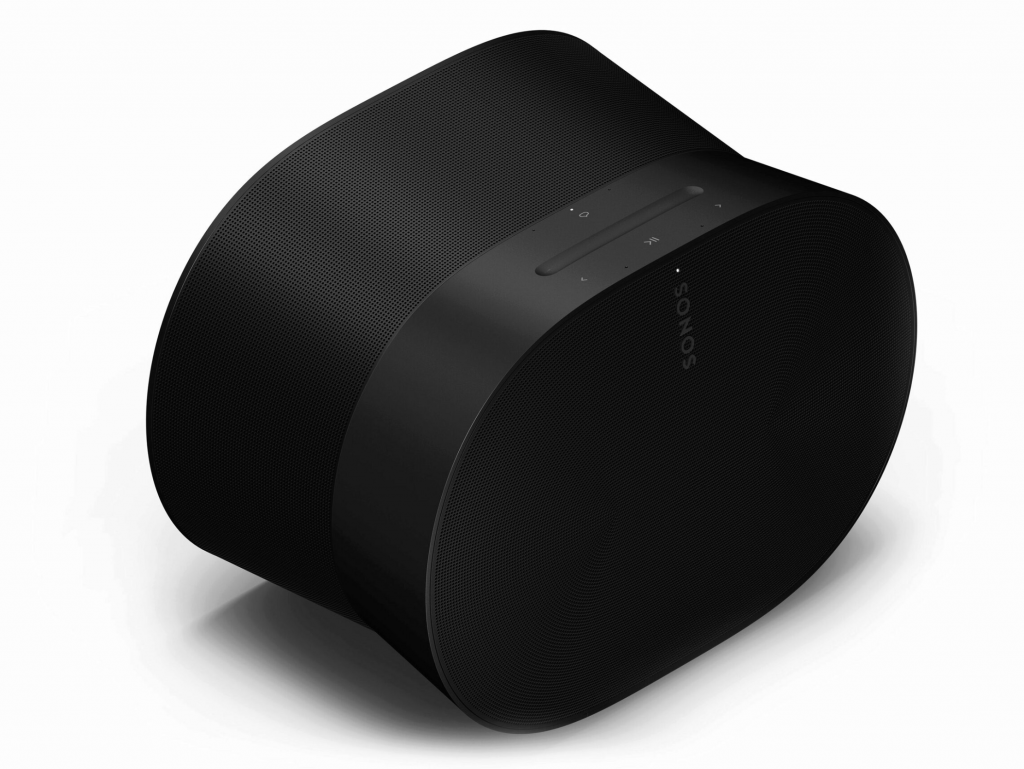
Inside the Era 300, there are six drivers, with four tweeters pointing forward, left, right, and up, while a pair of angled woofers handle low-end output. This configuration is designed to spread sound throughout the room, regardless of whether the current track is stereo or spatial audio. Fortunately, Sonos will not be imposing virtualized spatial mixes on your stereo content. The Era 300 will respect the original format being played, although it uses the additional drivers for enhanced stereo presence.
At launch, Sonos will offer support for spatial playback from both Apple Music and Amazon Music, making it the first third-party smart speaker capable of natively playing Dolby Atmos tracks from Apple. With regards to home theater, two Era 300s can be used as multi-directional rear surrounds, which includes upwards firing Atmos height channels for the first time. However, at $900 for a pair, it’s quite expensive. But if you’re willing to invest in an Arc, Sub, and two 300s, you can have a 7.1.4 system according to Sonos. During a recent press briefing, Giles Martin, Sonos’ sound experience leader, played both stereo and spatial audio tracks, and the spatial tracks had an extra level of immersion to them. However, more first-hand listening is necessary to truly evaluate the Era 300’s capabilities. Furthermore, many spatial audio mixes are still subpar. Sonos plans to provide Era 300s to studios and producers so that they can hear the mixes in the same way that owners of the speakers will at home.
Additionally, we listened to a demo of a pair of 300s used as rear surround speakers for an Arc, which was also impressive. However, you must consider whether the Era 300s are that much better than less expensive Sonos speakers that can also serve as rears, albeit without height effects.
Era 100: a better baseline speaker
The Era 100, which costs $249 and is codenamed Optimo 1, represents an upgraded version of the Sonos One with several improvements. The new design is slightly larger and more rounded, but the significant changes can be found inside. Two tweeters have been added to the speaker to ensure proper stereo reproduction, which should prevent anything from being lost in the mix. Custom waveguides are included to enhance sound dispersion, and the woofer has been enlarged to offer more powerful bass response than the One could provide. Not only are there clear audio enhancements, but the Era 100 also offers greater functionality. Sonos has added Bluetooth audio playback, which can be activated by pressing a button on the back of the speaker, and USB C line-in support. However, an adapter is required for the latter, and it costs $19.99 and can be preordered now. If you want to connect the speaker to ethernet, you’ll need the $39.99 combo adapter. Although Sonos previously ridiculed Bluetooth speakers, they believe they have reached a more dependable state, and the addition of Bluetooth and line-in support should make it easier for friends to play their own music. The line-in feature also allows you to connect a turntable to your speaker and play it throughout your entire Sonos system, which previously required the Port ($449), Sonos Five ($549), or Roam, but only for turntables with Bluetooth.
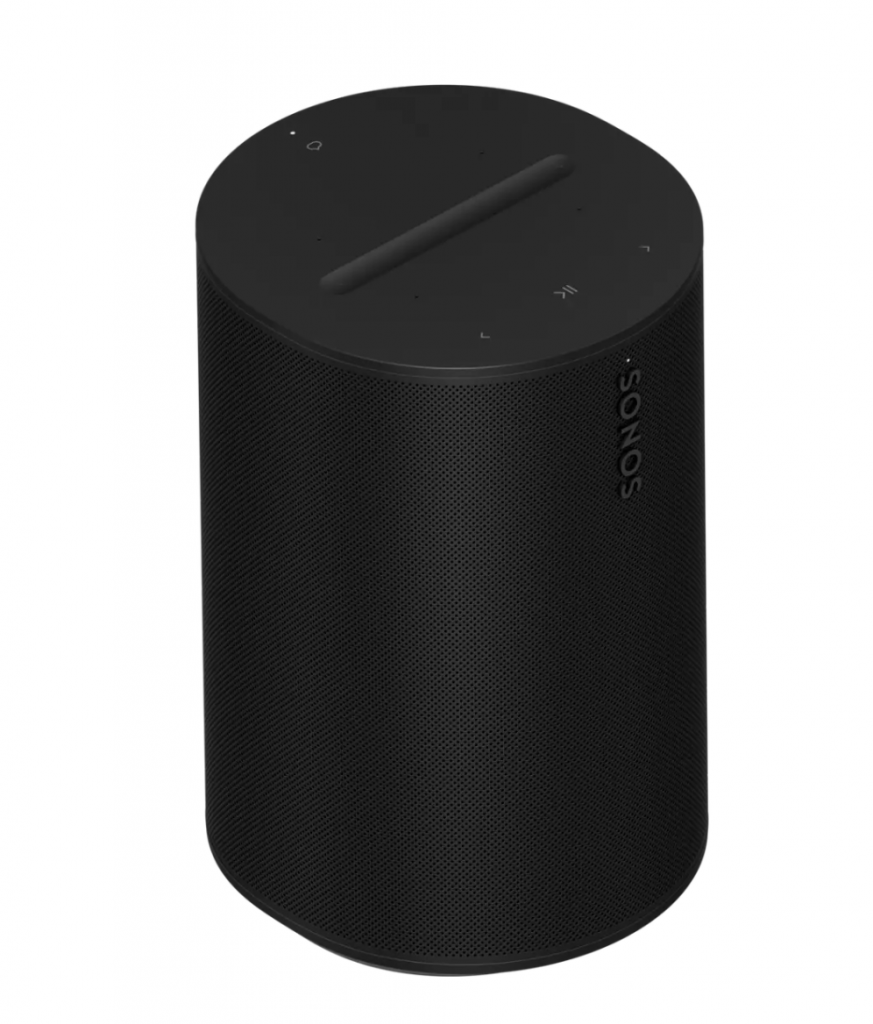
Although the Era 100 is considered as a replacement for the Sonos One in the Sonos product lineup, the latter will not be immediately discontinued. Sonos aims to provide current Sonos One owners more time to purchase an additional unit for a stereo pair. Furthermore, since both new Era models have a physical switch for deactivating their microphones, Sonos will not offer a less expensive SL model of the Era 100. Therefore, the Sonos One SL will remain valuable and available while supplies last.
Google Assistant is MIA on Sonos
The Era 300 and 100 have built-in far field microphones, enabling hands-free voice commands. At launch, they will support Sonos Voice Control, which mainly focuses on music commands but can now handle timers, and Amazon Alexa for smart home controls and more.
Notably absent from these speakers is Google Assistant. Sonos explains that this is due to changes that Google has made for companies that wish to use the voice service on third-party hardware. According to Patrick Spence, the omission is not related to the ongoing legal dispute between the two companies, and he states that integrating Assistant now requires more significant engineering effort than it did previously. At present, Sonos does not consider it worthwhile to invest in Assistant support. However, the company hopes that Google will provide another option that will allow for a more straightforward integration. Despite this, Sonos believes that the speakers are well-equipped with Alexa and Sonos Voice Control.
Enhanced controls and Trueplay support for Android devices
The Era 300 and 100 have a new volume control feature with an indented bar that allows users to tap or swipe to adjust the volume. In addition, both products now have dedicated track controls. Trueplay, Sonos’ feature for optimizing a speaker’s output based on its environment, is now available for Android users through the new Quick Tune feature. Previously, Trueplay was only available on iOS devices due to the vast variety of mic characteristics on Android devices. Although the iOS approach, now referred to as Advanced Tuning, still provides slightly better results, Android users can now use Quick Tune to analyze the room’s acoustics and enhance sound performance. However, the process still requires manual activation through the Sonos app. Keep an eye out for our comprehensive review of the new Sonos speakers in the following weeks, and please don’t hesitate to ask any questions in the comments while we test them.

